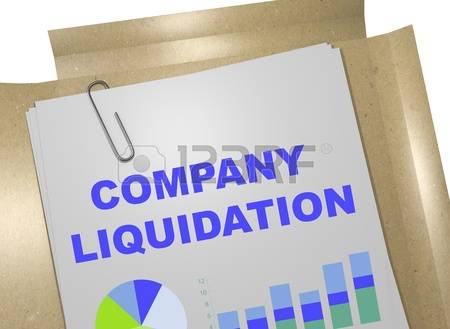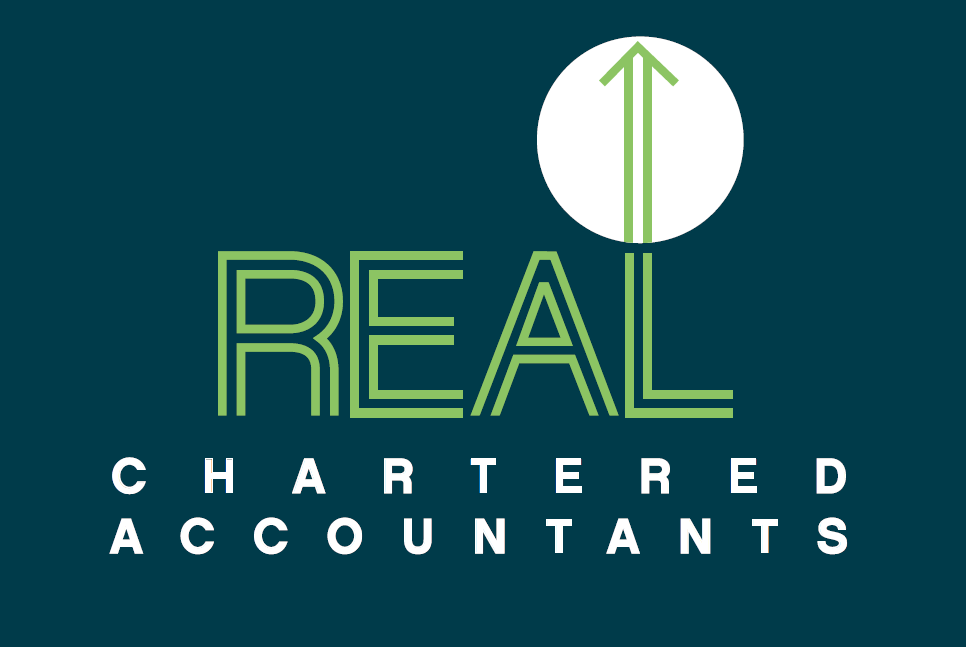NEWS
Company Liquidations

Due to an asset sale, a business sale, a business failure or possible liabilities in the future, it may be time to liquidate a company.
When deciding to liquidate a company you need to consider tax issues such as dividend implications, remission income, overdrawn current accounts, depreciation recovered, GST and tax cost to shareholders. You also need to consider commercial issues such as warranties, earn out clauses and name protection. If liquidating upon selling a business, you need to review the sale and purchase agreement to check for any clauses that prohibit liquidation of the business.
To terminate a company, you can either pass a resolution to liquidate via a formal liquidation or a short form liquidation, strike off a company through non-filing of your annual company office return or amalgamating.
Where there are large capital gains to distribute, potential risks from past trading or creditor risk, a formal liquidation is recommended. The reason for this is that the only way to get the company reinstated is through the high court, which will be costly for the party instigating that request. A formal liquidation can give you peace of mind that the company is well and truly closed.
A short form liquidation which is an inexpensive and simple process is great when there are no secured creditors and no past questionable trading to worry about. A short form liquidation does not give you defence against creditors including the IRD as the company can easily be reinstated.
Under a formal liquidation you do not need to write to the IRD for permission to have the company struck off, you do have to advertise and it is up to the IRD to respond. Under a short form liquidation you must write to the IRD to request permission, so if you are behind in filing tax returns or you have tax arrears, you will not be granted permission.
Strike off through non-filing allows the company to be struck off by the Companies Office Registrar, subscribed capital and capital gains are not distributed tax free, shareholders could be liable for tax on distribution and can create overdrawn current account issues. We do not recommend this method.
Amalgamation is when you combine two or more companies, the remaining company inherits the risks and obligations of the amalgamating companies.
To distribute capital gains tax free, they must be distributed after the liquidation process has started. The process is started by completing a resolution to liquidate a company.
As an example, a company sells its business and derives a capital gain it would like to distribute. The sale and purchase agreement contains a 3 year earn out period, which means that the company could have potential earnings for 3 years. So the company cannot be liquidated immediately otherwise it would miss out on those potential earnings. A resolution can be passed now that the company will liquidate at the expiry of the 3 year earn out period. This would allow the company to distribute the capital gain tax now rather than waiting 3 years. It is important that after the 3 year earn out period comes to the end, that the company completes the process and gets struck off the companies registrar.
If you are thinking about liquidating your company, please talk to your client manager. It is important to plan the process from the outset, establish what outcome is required, what steps are required to get to that outcome and what the tax cost will be if any.
Disclaimer
This information is intended to provide general advice only. We recommend you discuss your specific situation with your Accountant.









